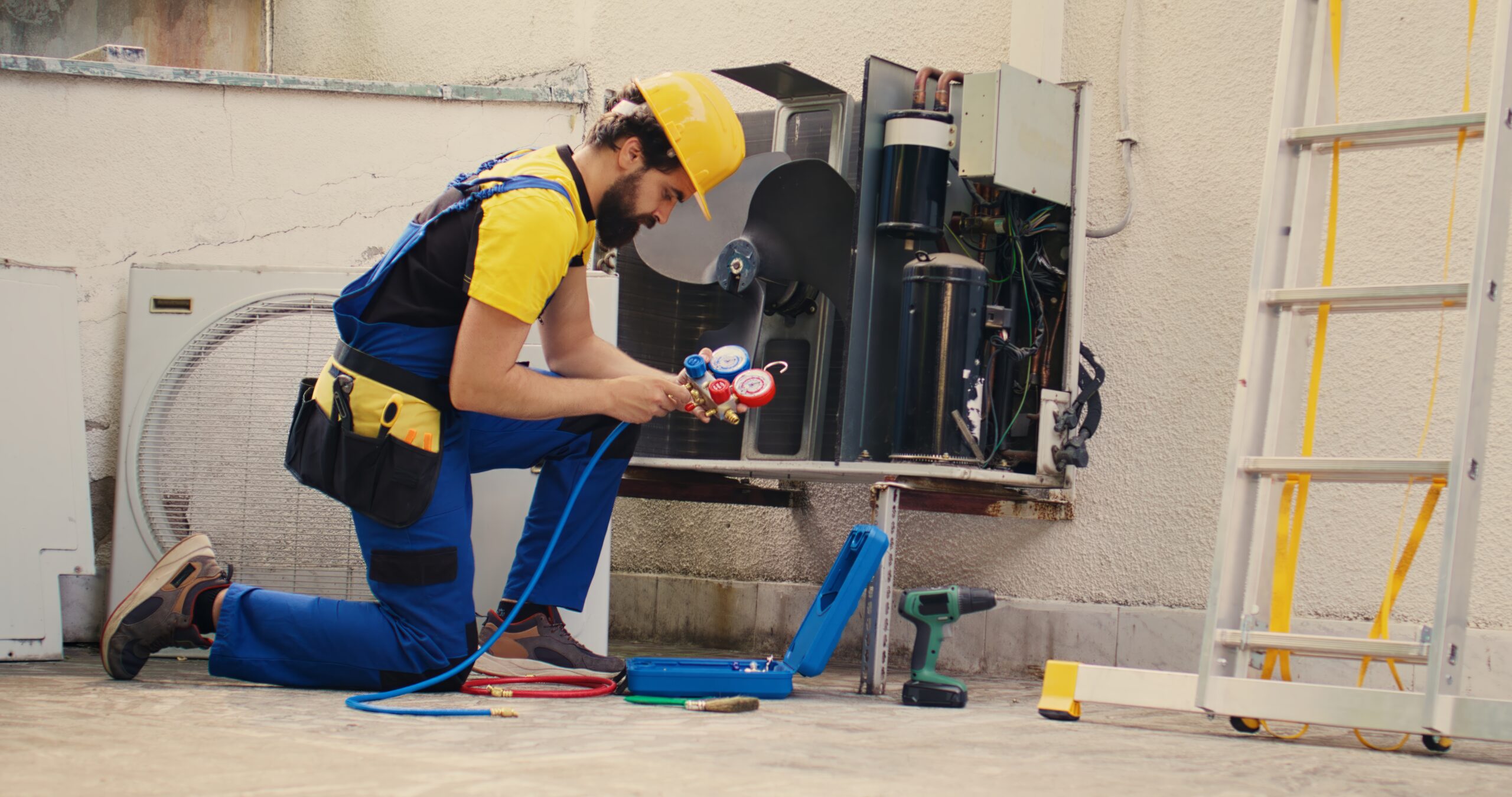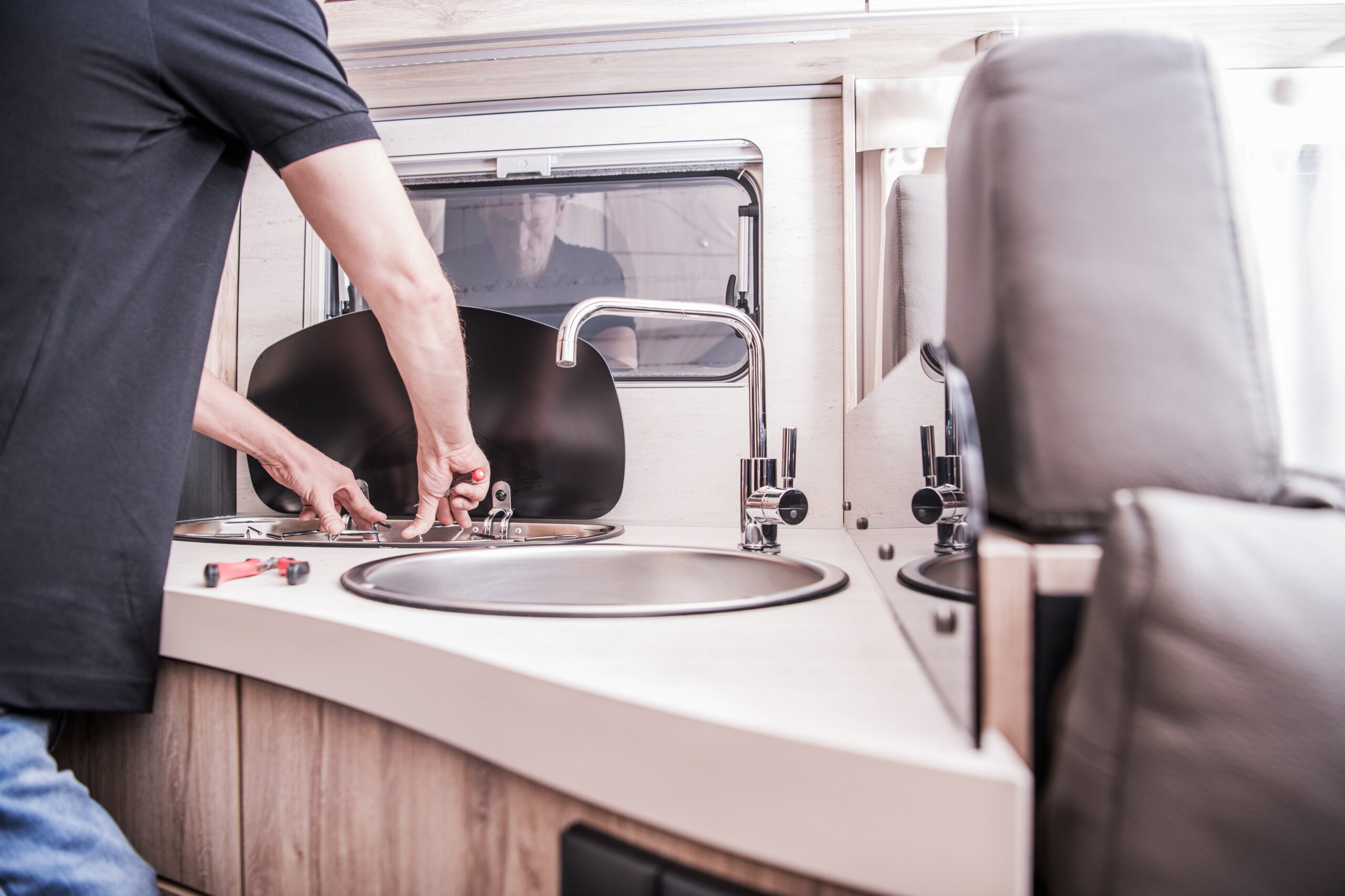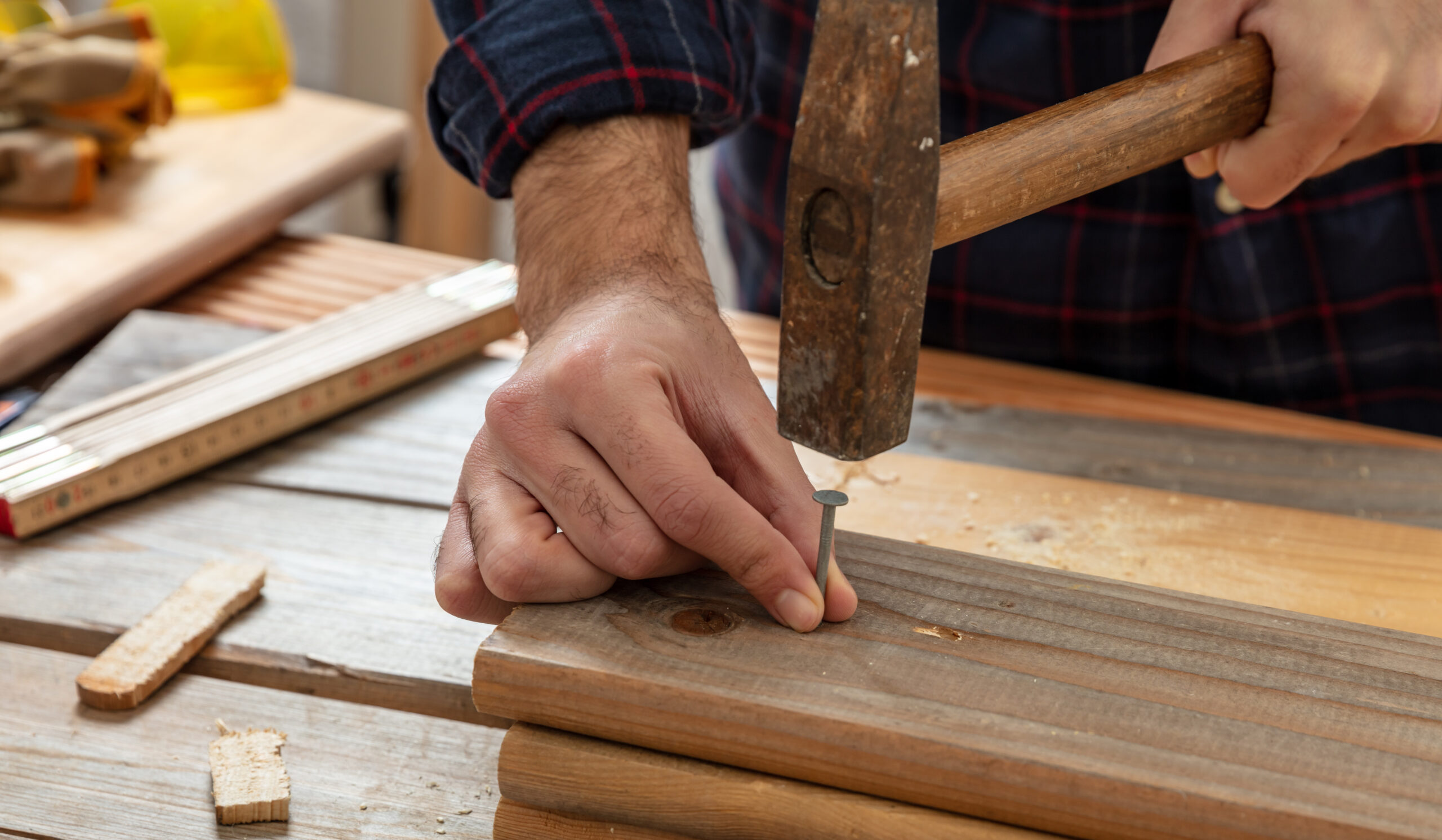Moving can be a difficult experience for children for a variety of reasons. For one, they may be leaving behind friends, their homes, and their schools. Additionally, children may feel overwhelmed by all of the changes that are happening. They may not know where they are going to live or what their new school will be like. Children also may feel anxious about being in a new environment. That’s why you need to do what you can to make the transition a little easier, though it may take some preparation. Fortunately, there are plenty of resources available to assist you. If you’re in need of advice, keep reading to find out how to help your child adjust to a new life after a move.
How can you help your child adjust to a new life after a move?

You can start by making the moving process a little easier for them by hiring experienced professional movers, like these Wellington long distance movers. That way, you can have your movers pack up their stuff for them and even assist with unpacking after you arrive, taking some work off your plate and ensuring that your child’s belongings will be safe and protected while in transit. Professional movers have the experience and expertise to get the job done quickly and efficiently. They can also navigate through congested areas and busy streets without problems.
Changing schools can be overwhelming and your child may find that they aren’t in the same place academically as their classmates. If your child is struggling in school, you should consider hiring a tutor. A quick search for “tutoring math near me” should provide you with some quality options if your child needs assistance with subjects like geometry or pre-algebra. A tutor can provide extra instruction to your child, which can make it easier for them to understand the material and pass the class. With a tutor, your child can learn at his or her own pace.
Don’t forget to take time to introduce them to their new home and surroundings. Show them around the house, pointing out all of the different rooms. Take them outside and show them where the playground, grocery store, and other places are in the neighborhood. This will help your child feel comfortable in their new environment.
What can you do to prepare for the moving process?

There are a lot of costs associated with moving, and it’s crucial to create a budget to ensure you’re able to cover them all. To get started, you’ll need to calculate the total cost of your move. This includes the cost of hiring a moving company, renting a truck, and purchasing supplies. Be sure to factor in any additional costs, such as fuel and lodging, to get an accurate estimate. Once you have a ballpark figure, it’s time to start allocating your funds. By planning ahead and budgeting accordingly, you can ensure that your move is as affordable as possible.
Before you move out of your old place, you should take the time to deep clean it. That way, you won’t leave behind any of your belongings and you can get your security deposit back if you’ve been renting. Deep cleaning means getting every inch of your apartment clean. This includes cleaning all of the surfaces, the floors, the ceilings, and the walls. You should also clean the appliances and the furniture. If you don’t have time to deep clean your apartment before you move out, you can hire a professional cleaning service to do it for you.
As you can see, there are many factors to consider when you are moving to a new location with your child. A child’s emotions and well-being during and after a move should be a top priority for the parents. There are many ways to help make the transition smoother for both the parents and the child. Some options to consider include hiring a tutor, exploring the neighborhood with them, and investing in professional moving services. You’ll also need to budget carefully if you want to avoid breaking the bank. By following these tips, the child can slowly adjust to the new surroundings and start building new memories in their new home.


















